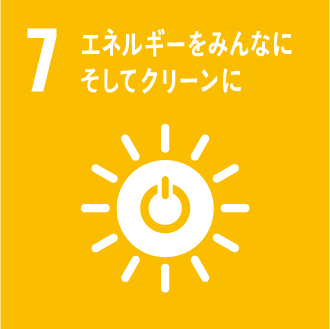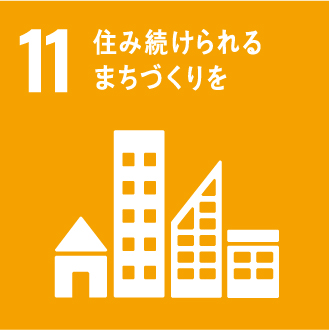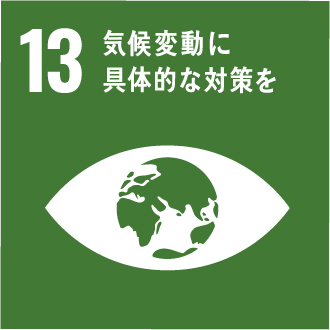
PROJECT
Energy White Paper 2022
Energy policy design transforms complex data into accessible visual systems, driving understanding and action toward sustainable energy futures.
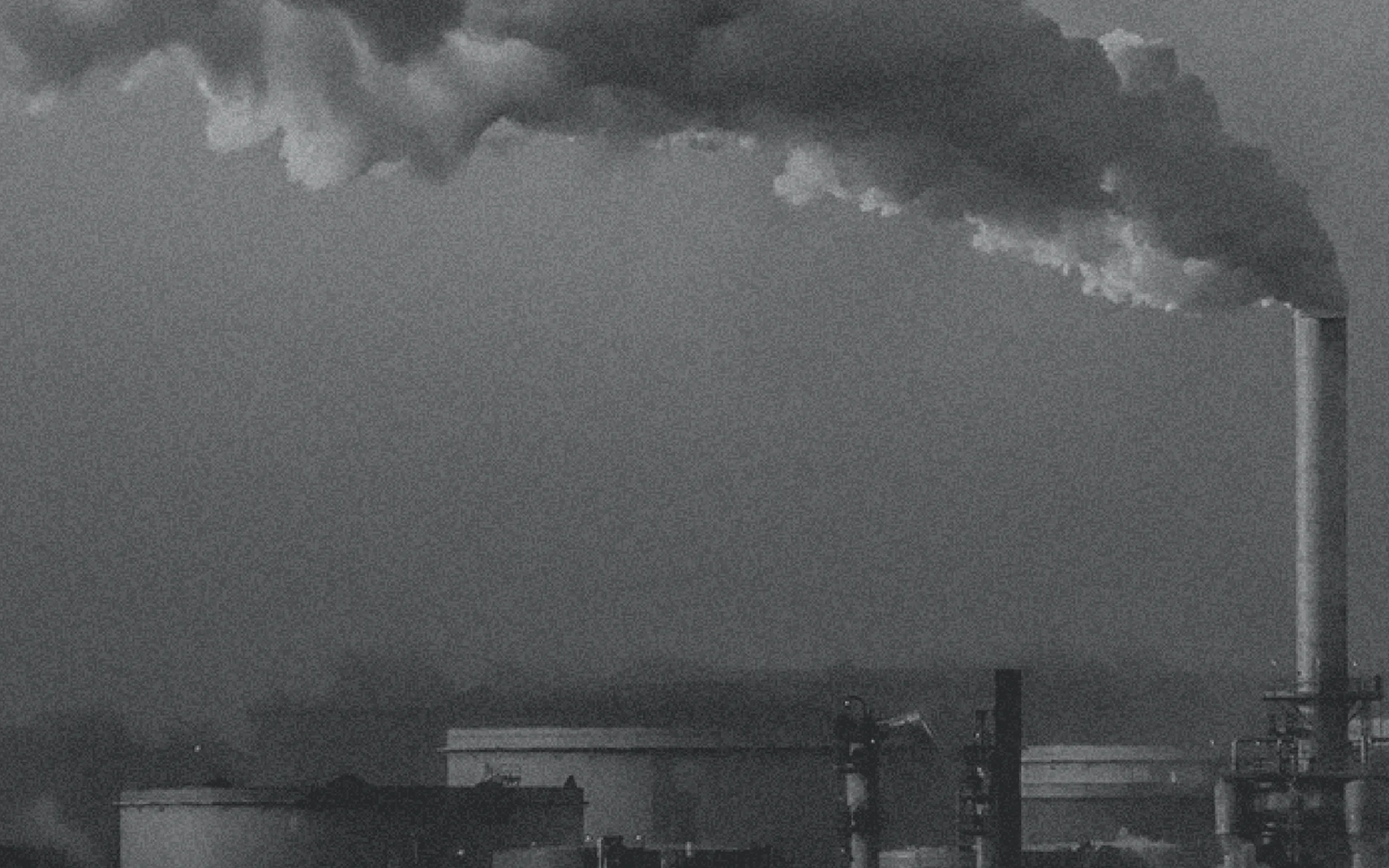
WHY
Japan’s energy policy
is struggling
to gain sympathy.
The burning of fossil fuels and the effects of other human activities are causing climate change. The future of the Earth is at stake, making formulating future energy policies a top priority for every country and region. Japan also faces many energy-related challenges, such as renewable energy transition and the final disposal of radioactive waste. In response, the Japanese government is discussing sustainable energy policies every day. However, the Fukushima Daiichi nuclear power plant accident in 2011 and other factors have caused a lack of positive perceptions regarding Japan’s policy as a whole, making it difficult to widely convey the government’s positive stance on sustainable energy transition to the public.
Energy self-sufficiency among major countries in 2017
Energy policy awareness among citizens

HOW
A white paper that
reproduces Japan’s
energy policy
in a white townscape.

The Energy White Paper, published annually by Japan’s Ministry of Economy, Trade and Industry (METI), summarizes the domestic and international energy situation, Japan’s policy direction, and future trends. As the ones tasked to design the cover and typesetting format for Energy White Paper 2022, we decided to revamp its editorial design, which lacked readability, turning it into a publication that makes people want to learn more about Japan’s energy policy.
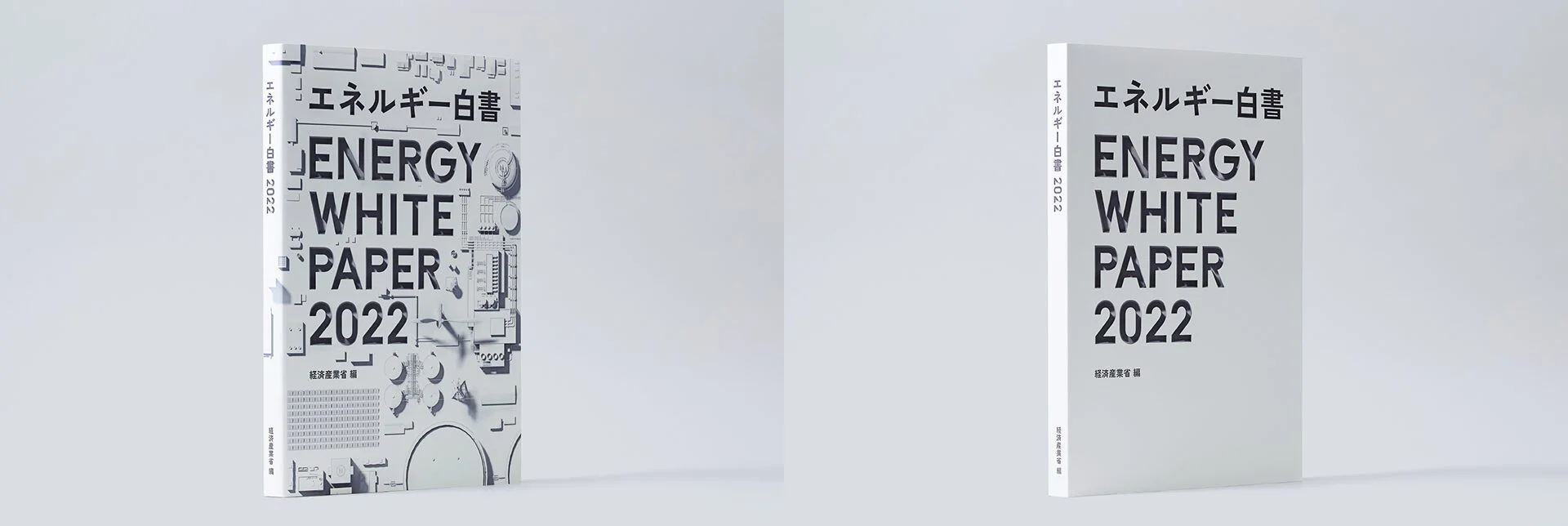

We first discussed and examined the most appropriate form for the white paper and developed a visual design that thoroughly focused on its “white” theme for the cover and title page. For this reason, we created an all-white town as a key visual, a 3D reproduction of a townscape related to Japan’s energy policy, which includes windmills, solar panels, and mega solar plants. We aimed to convey an image of an “energy white paper” that is intuitive and easily understood by people inside and outside Japan.
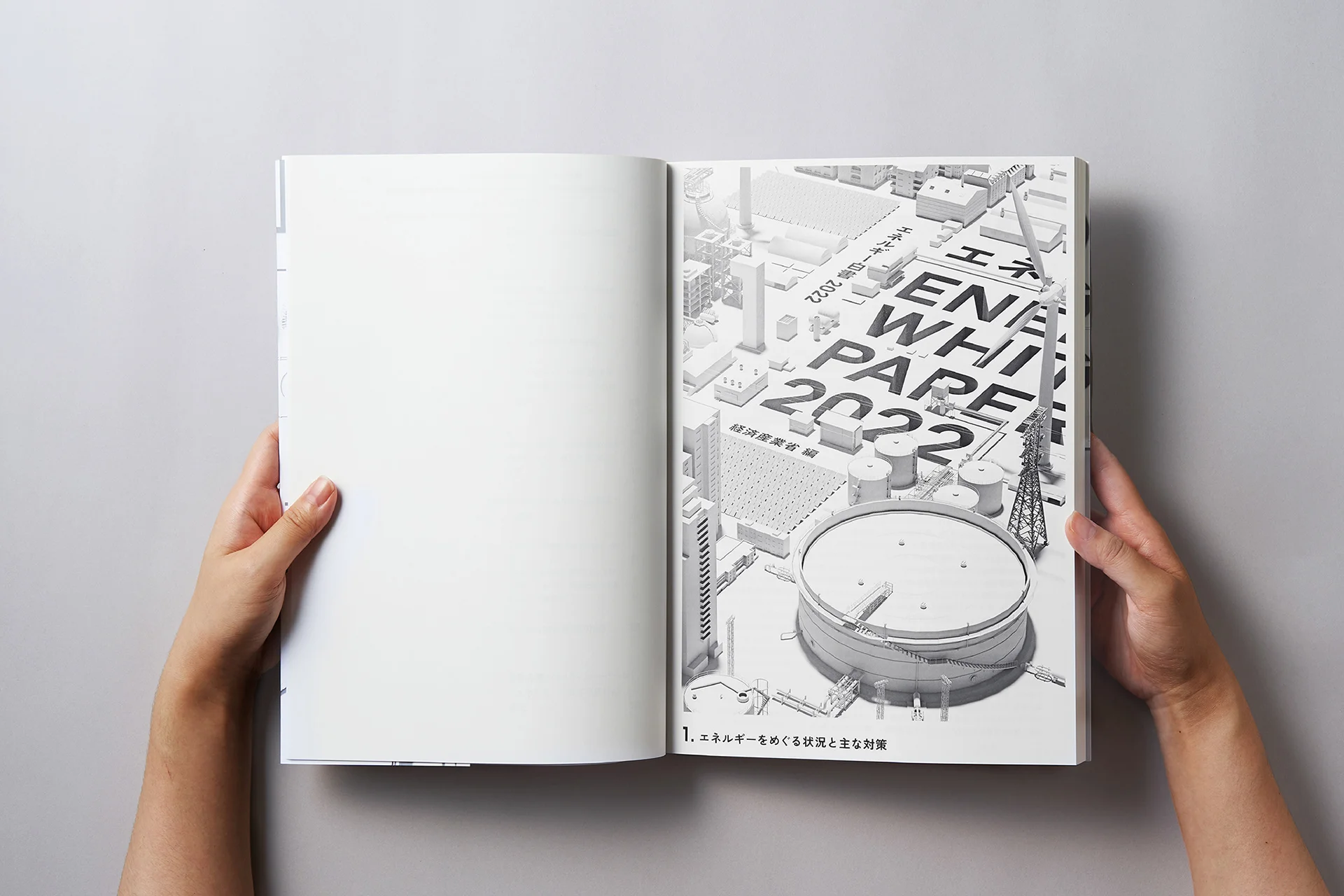
We made various innovations to the typesetting to enhance readability and searchability. For example, we made the page titles and headings stand out and consolidated the section/chapter/verse titles on the page’s right side for quick access to information. We made a design that combines typography and visuals to present a new image for the white paper. Our goal was to convey a more open view of Japan’s energy policy, including the administration’s attitude towards the future and its will towards sustainability.
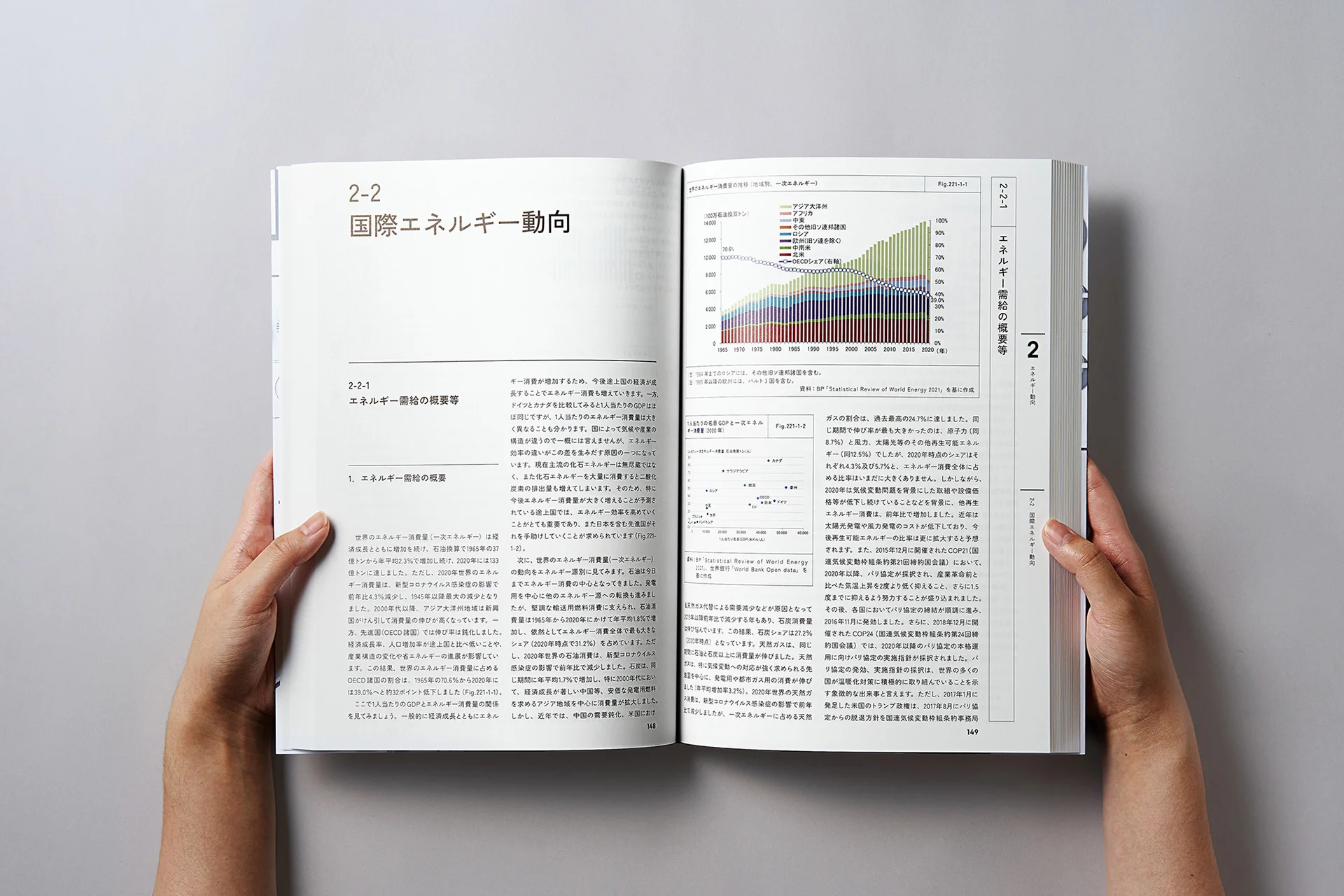
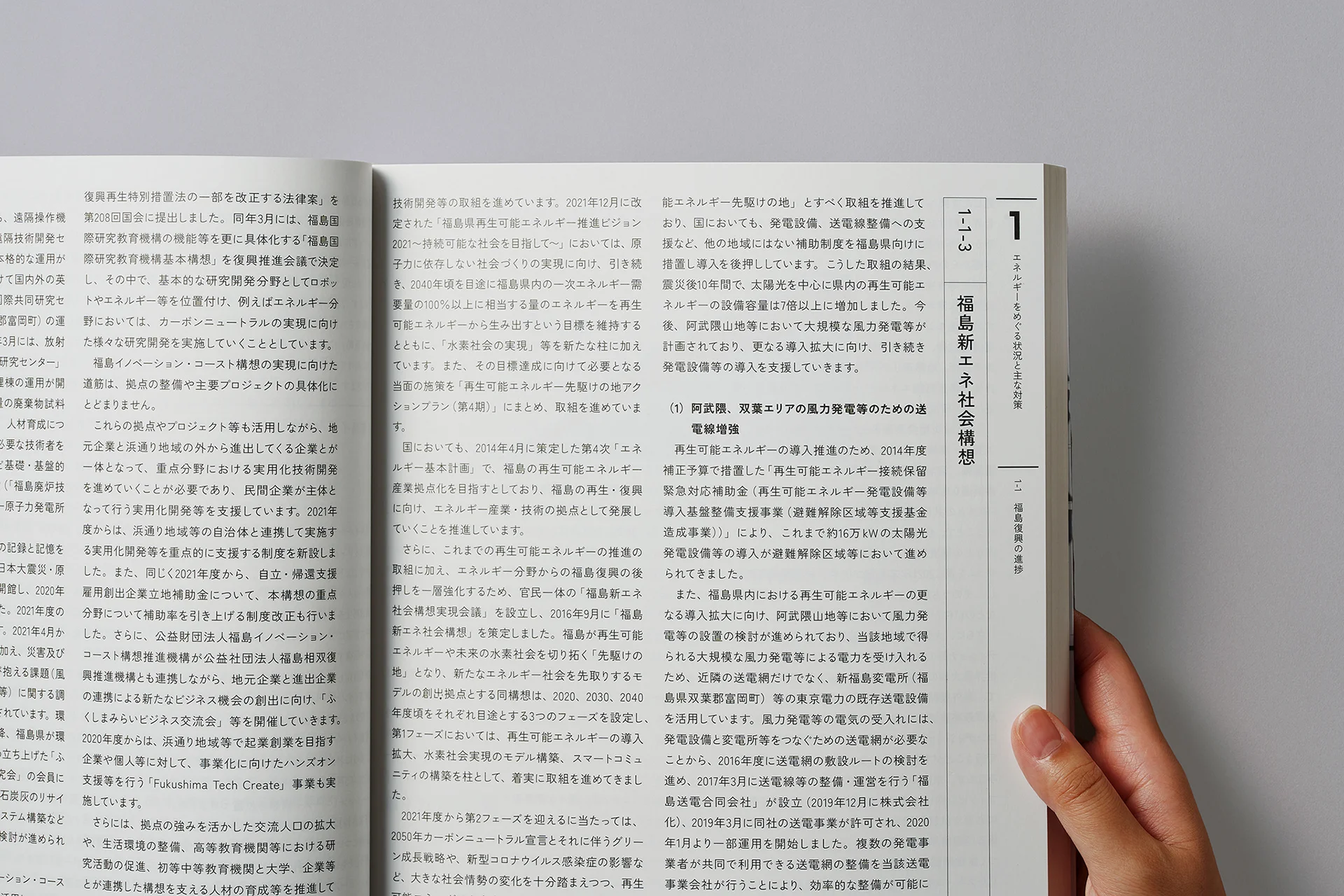
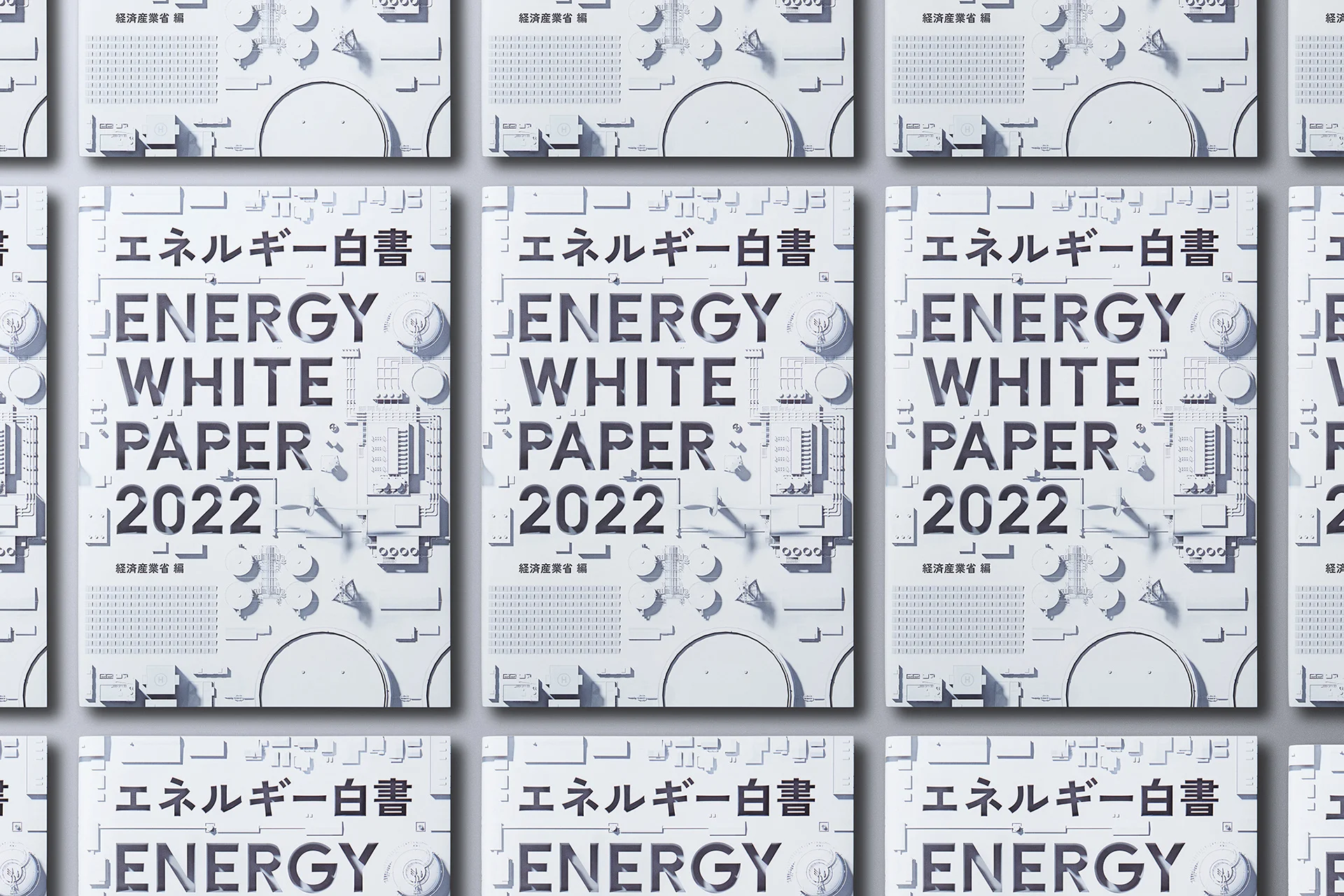
WILL
Toward a future where
citizens think of energy policy
as their own.
The redesign of the Energy White Paper reflects our desire to transform it into something that gives a sense of hopefulness in conveying energy policies. The design, which is a far cry from the old white paper, was made possible due to the open attitude of the METI staff in charge. We believe our white paper design to be a small but bold example that encourages a daring and unprecedented challenge in Japan’s energy policy, which needs change. We hope that the image conveyed by the Energy White Paper will reach the politicians, administrators, and business operators trying to make sustainable energy changes in this country, leading to a future where each citizen thinks about sustainable energy as their own.

INFORMATION
- What
- Energy White Paper 2022
- When
- 2022
- Where
- Japan
- Client
- Scope
- Book cover and inner page design / CG Modeling
- SDGs
CREDIT
- Art Direction
- NOSIGNER (Eisuke Tachikawa)
- Graphic Design
- NOSIGNER (Eisuke Tachikawa, Aya Sakurai, Moe Shibata)
- CG Modeling
- NOSIGNER (Kaining He)
- Photograph
- NOSIGNER (Yuichi Hisatsugu)
